Easing into mum life can be overwhelming especially when it comes to the pressures of feeding. While breastfeeding is already proven to be great for our children, pumping breast milk can also offer its own benefits for you and your family. If you’re unsure about deciding on one or the other, we’re here to let you know that it is possible (and just as beneficial) to combine both.
We hope this quick guide can help you feel more comfortable and confident about breastfeeding, pumping, schedules, and everything else in between.
Quick Summary:
- Combining breastfeeding and pumping can be very beneficial to mums and her family.
- Pumping allows you to increase milk supply, and offer you relief from discomfort and breastfeeding difficulties.1
- Allow yourself to adjust to your body’s milk supply and establish a feeding schedule before pumping.

5 Reasons for Breastfeeding and Pumping
- Combining breastfeeding and pumping allows you to bond with your little one but also help you ease into changing schedules and potentially free up more time.10
- Choosing to do both also allows your partner or other family members to help you care for as well as bond with your little one.10
- Breastfeeding and pumping can help you address supply issues and conveniently build your own supply when necessary. 10
- Pumping and storing breast milk allows you to have more time to take breaks, and make time for others while still having enough food for your baby.10
- Doing both breastfeeding and pumping can offer convenience while travelling as long as you have proper storage for your expressed milk.7
How Should I Breast Pump?
Learning how to pump breastmilk can be intimidating when you’re new to the experience. To get started, it’s important to know how to choose the right one for you as well as be open to the possible techniques that could work for you.
Choose the Right Breast Pump
When choosing the right breast pump, it’s important to consider a brand that offers different fit options. On the contrary to what most people might think, the fit of a breast pump is about nipple size and has nothing to do with breast size. How well your nipples fit into the pump opening or “nipple tunnel” matters as your nipple is pulled into during pumping.9
Choose breast pumps that can offer you size options and convenience. Brands like Mumilk offer pump nipple tunnels that come in different sizes as well as other convenient features that make feeding hands-free, cord-free, and hassle-free.
Pumping Technique
When it comes to pumping breast milk, every mum may have their own techniques to help make things easier. Some choose to massage their breasts11 before pumping, others after a shower or warm compress12, while some may even choose to see photos12 of their little one. However you decide to do things, what matters most is having the right breast pump to help make it happen.
Maximise Output with a Breastfeeding and Pumping Schedule

Sample Breastfeeding and Pumping Schedule
Learning how to combine breastfeeding and pumping takes time especially when establishing a schedule. Always remember to create a schedule that works for how often your little one feeds, which generally may be every 3 to 4 hours.4
Here is an example of a possible breastfeeding and pumping schedule.8
|
6AM |
Breastfeed |
|
7AM |
Pump |
|
9AM |
Breastfeed |
|
12PM |
Breastfeed |
|
1PM |
Pump |
|
3PM |
Breastfeed |
|
6PM - 8:30PM |
Breastfeed or put baby to bed |
|
10PM |
Pump |
Related: When Does Breastfeeding Get Easier?
How to Store Breast Milk After Pumping?

- Keep your hands clean Wash before pumping and handling breast milk.7
- Store your milk in sterilised containers. Use breast milk storage bags, or food-grade containers to store expressed breast milk. Avoid bottles with the recycle number 7, which indicates the container may be made of a BPA containing plastic.7
- Always check the seal. Make sure the glass or plastic containers have a tight seal or lid.7
- Label your containers with dates. This helps you keep track of when your milk was expressed.7
-
Store your breastmilk in the refrigerator or freezer.
- When storing in the refrigerator, do not place this by the door to protect the breast milk from temperature changes. Use this within 3 days.7
- When storing in the freezer, store only small amounts to avoid waste. Store only between 2 to 4 ounces or the amount offered in one feeding. Leave an inch of space in the bags as breast milk tends to expand as it freezes.7
- If you are travelling, store breastmilk in an insulated cooler with frozen ice packs. This can last you up to 24 hours. Upon arrival at your destination, use the milk right away or store this immediately in a refrigerator or freezer.7
FAQ
How Long Should I Breastfeed?
It is recommended to breastfeed exclusively for the first 6 months, and then continue on breastfeeding for up to 2 years.3 Always seek medical advice from your healthcare provider if you’re experiencing breastfeeding difficulties.
How Long Should I Pump?
Pumping is encouraged as often as your baby feeds. This may be every 3 to 4 hours for about 15-20 minutes each time.4
Are There Any Side Effects to Pumping?
There aren’t many risks to combining breastfeeding and pumping, but it can cause oversupply and engorgement.2 Always seek medical advice from your healthcare provider if you’re experiencing breastfeeding difficulties.
Can You Pump and Breastfeed at the Same Time?
Generally, it is recommended to breastfeed first before pumping. This way your little one can have their fill first.5
Should I Be Worried If I Don’t Produce Much Milk While Pumping?
Your milk supply can vary after every pumping session. When your milk supply regulates, it is normal to see a decrease in pumping output.6
How Long Does It Take for Breasts to Refill With Milk After Pumping?
Everybody is different. For some mums, breastmilk may replenish itself easily throughout the day, while for others it can vary especially when they have been breastfeeding for 6 months. If you are experiencing a decrease in breastmilk supply, seek medical advice from your healthcare provider.
Related: Can You Reheat Breast Milk?
Breastfeeding and Pumping Can Be Beneficial Together
Learning how to combine breastfeeding and pumping may require commitment, however choosing to do both still offers many benefits. From offering your little one with extensive health benefits, to increasing supply, and allowing yourself to rest, breastfeeding and pumping can do wonders for a mum's life.
To know more about breast pumps, check out Mumilk’s line of wearable breast pumps for hands-free, bottle-free, cord-free and hassle-free feeding.
References:
- https://www.healthline.com/health/breastfeeding/how-to-combine-breastfeeding-and-pumping#why-do-both
- https://healthnews.com/family-health/pregnancy/how-to-combine-breastfeeding-and-pumping/
- https://www.nationwidechildrens.org/family-resources-education/family-resources-library/how-long-should-you-breastfeed
- https://www.marchofdimes.org/find-support/blog/breastfeeding-breast-milk-and-pumping-what-you-need-to-know
- https://www.healthline.com/health/breastfeeding/how-to-combine-breastfeeding-and-pumping#tips
- https://kellymom.com/hot-topics/pumping_decrease
- https://www.cdc.gov/breastfeeding/recommendations/handling_breastmilk.htm
- https://www.care.com/c/how-to-balance-breastfeeding-and-pumping/
- https://breastfeedingusa.org/content/article/choosing-breast-pump
- https://www.medicalnewstoday.com/articles/322839#pros-of-pumping
- https://www.breastmilkcounts.com/breastfeeding-basics/pump-and-store
- https://www.nhs.uk/conditions/baby/breastfeeding-and-bottle-feeding/breastfeeding/expressing-breast-milk/

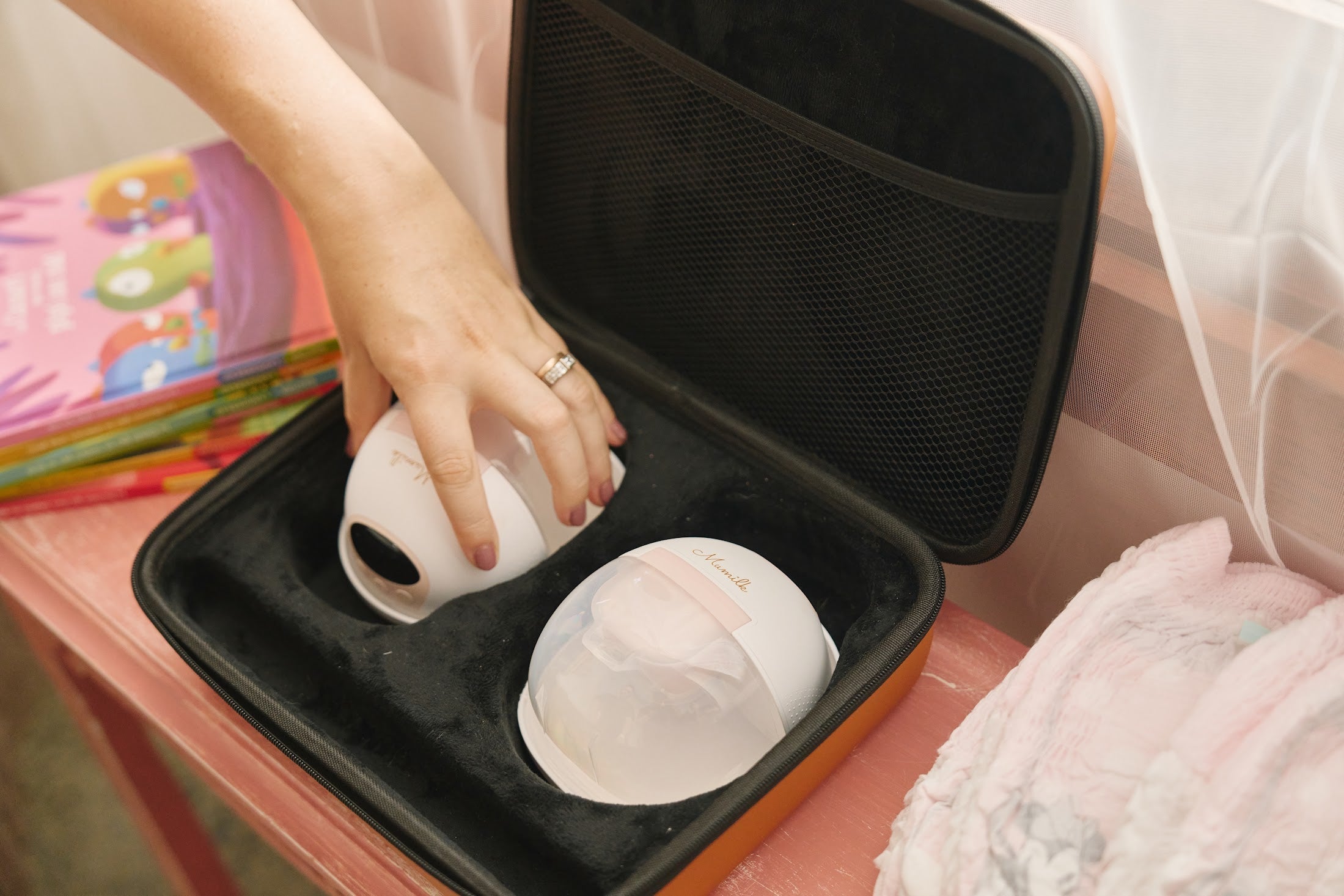

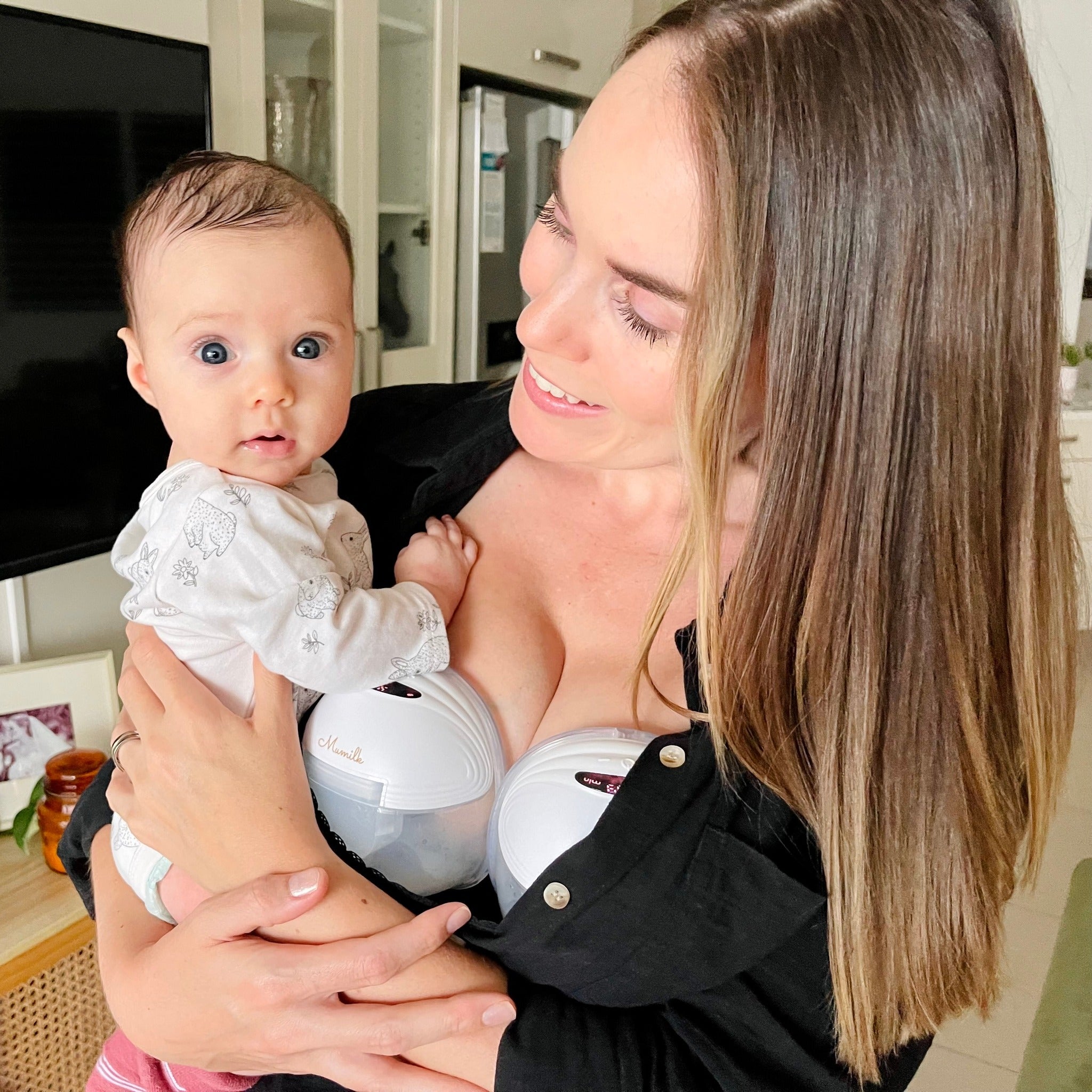
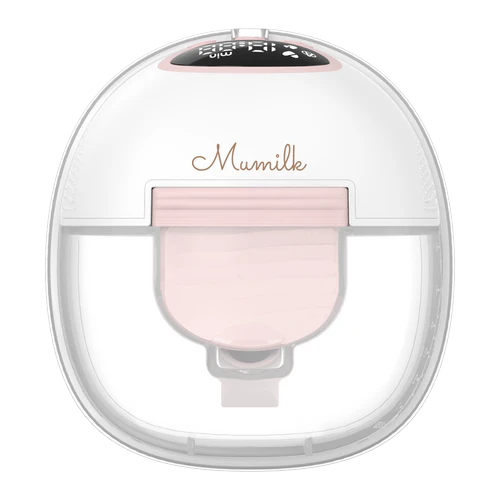
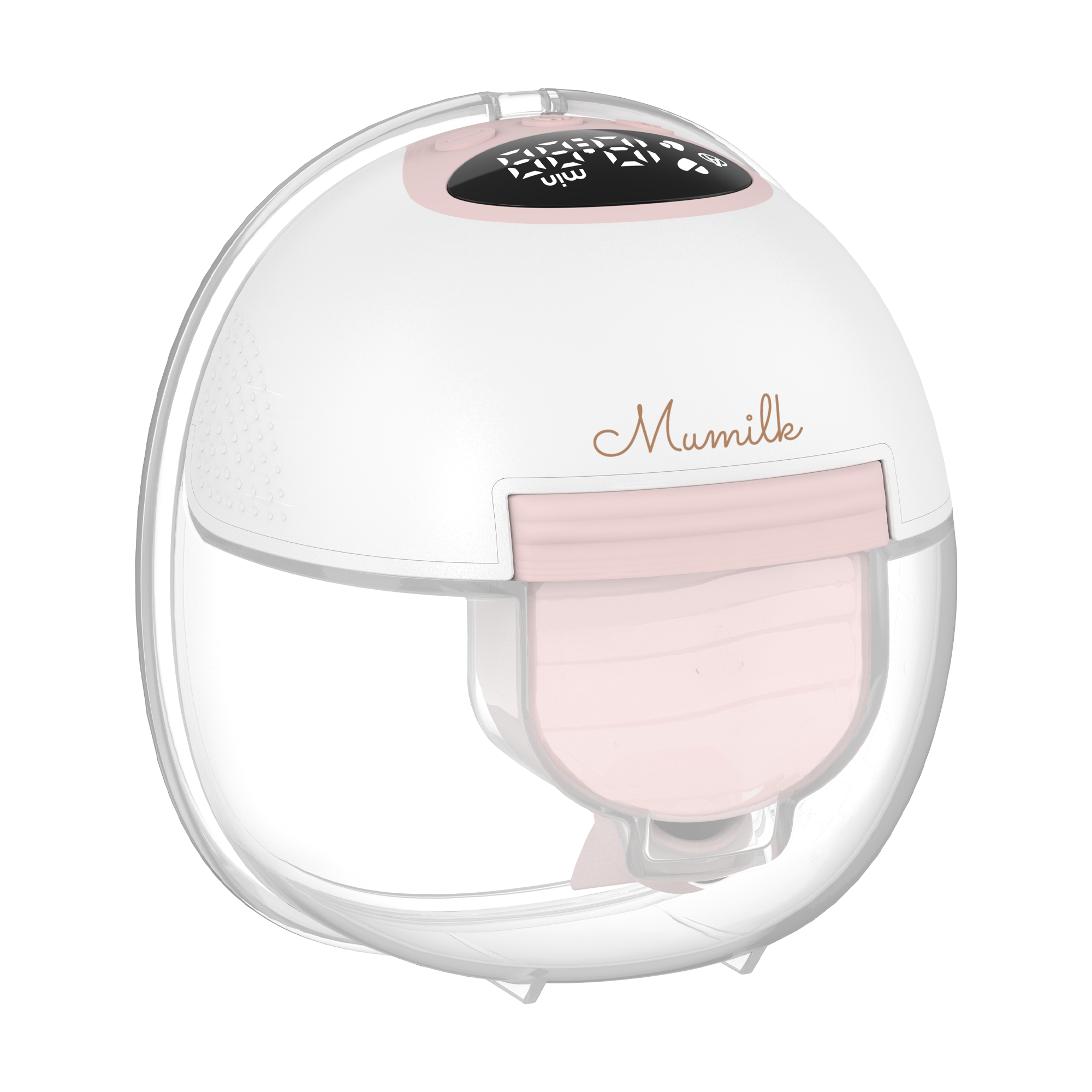
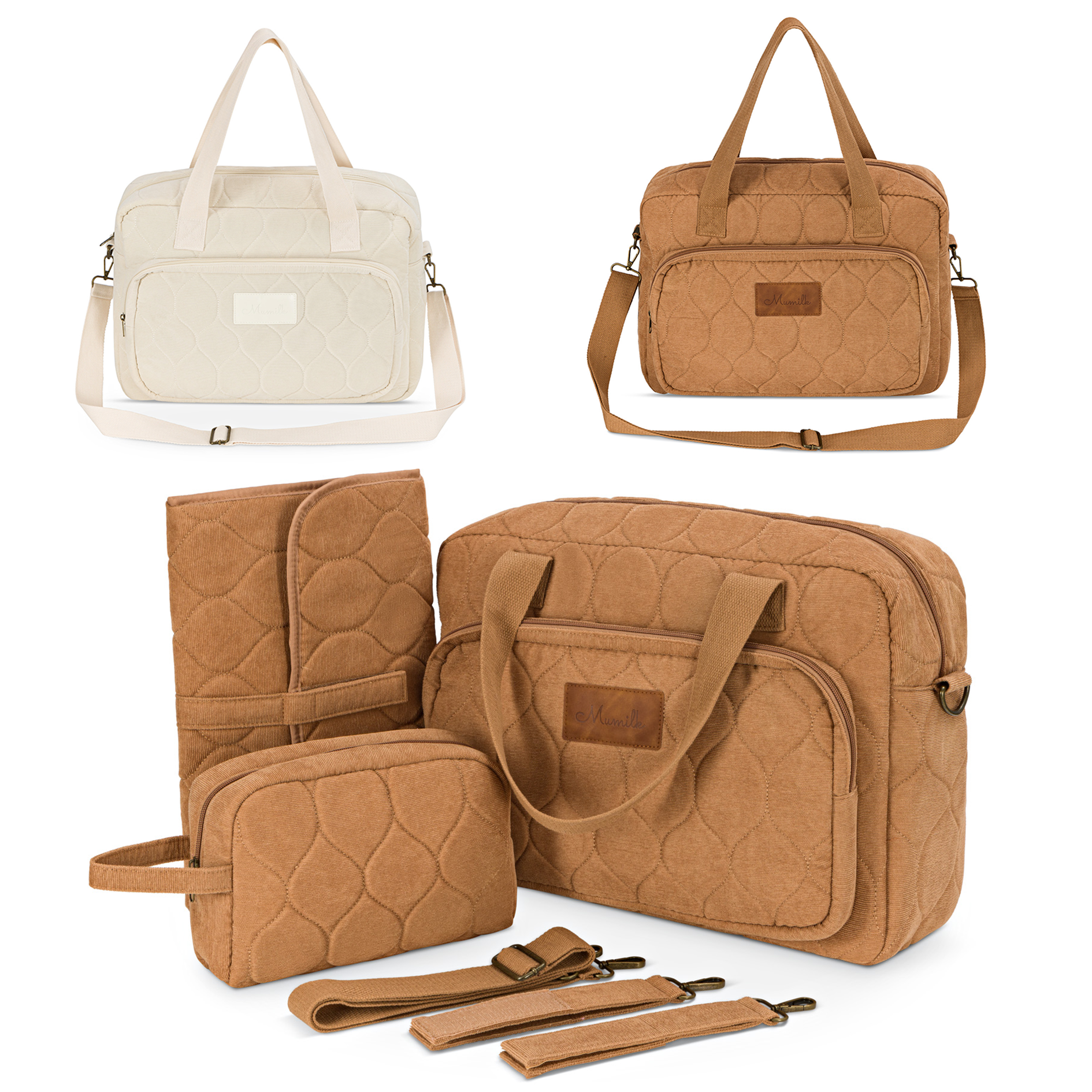
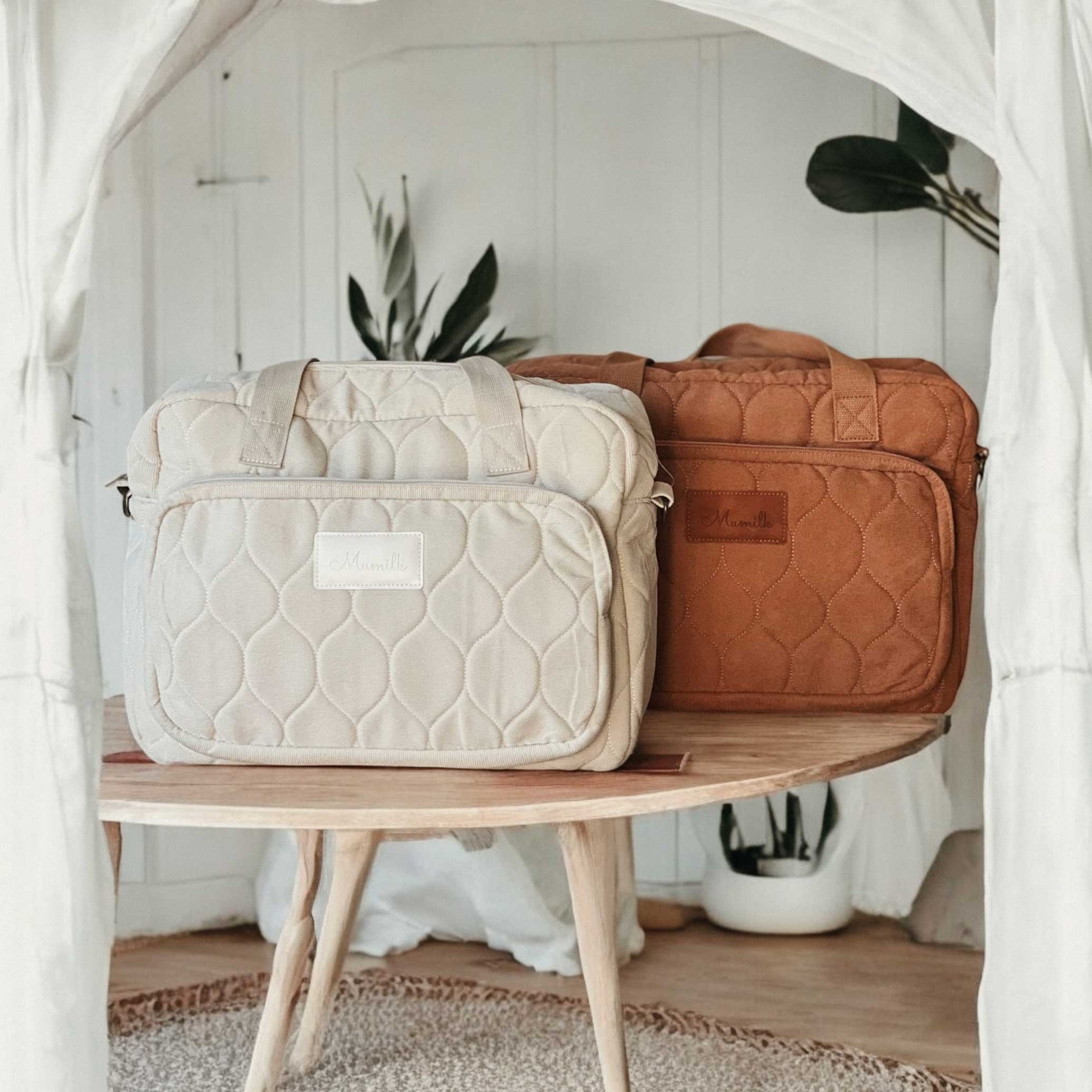
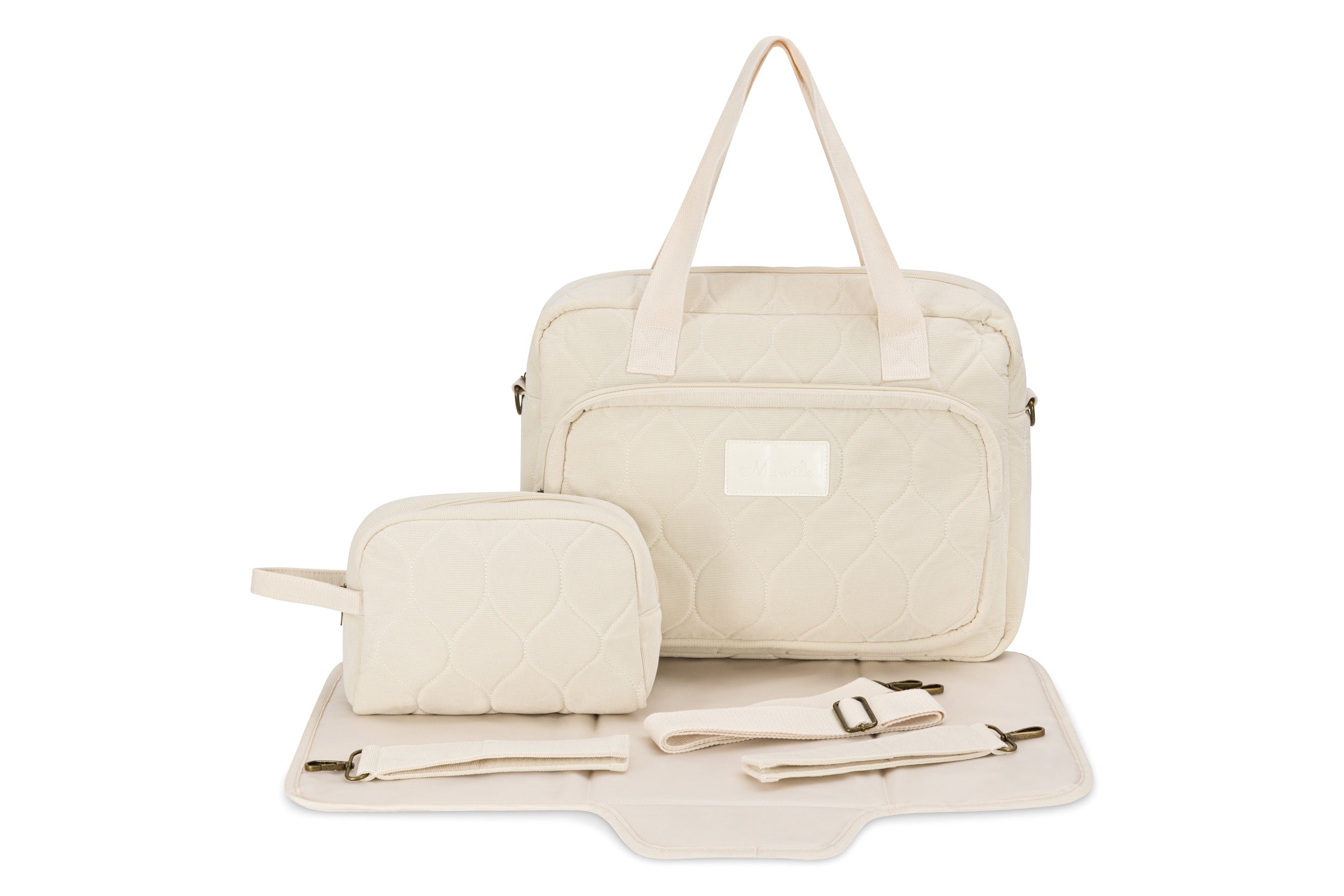
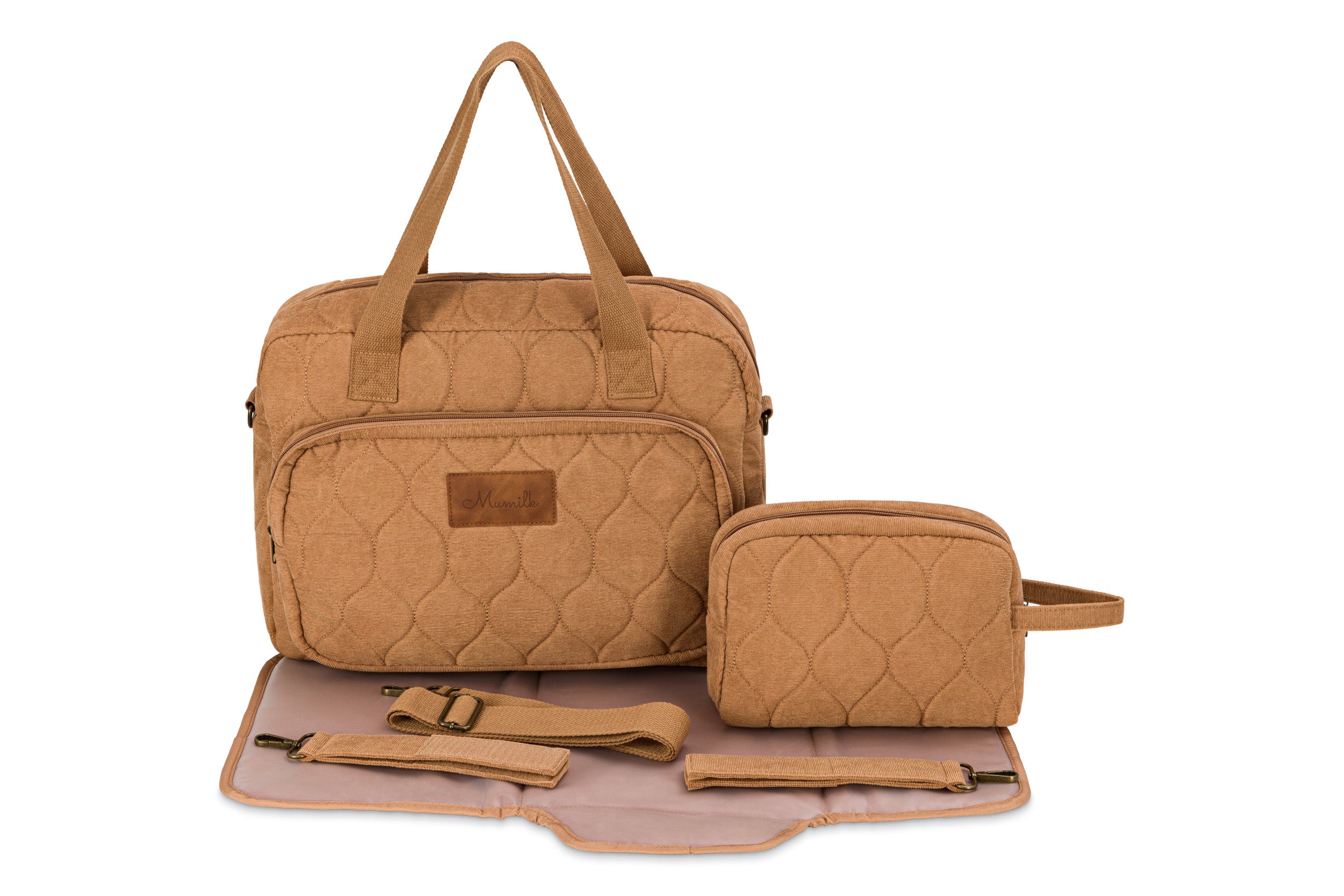
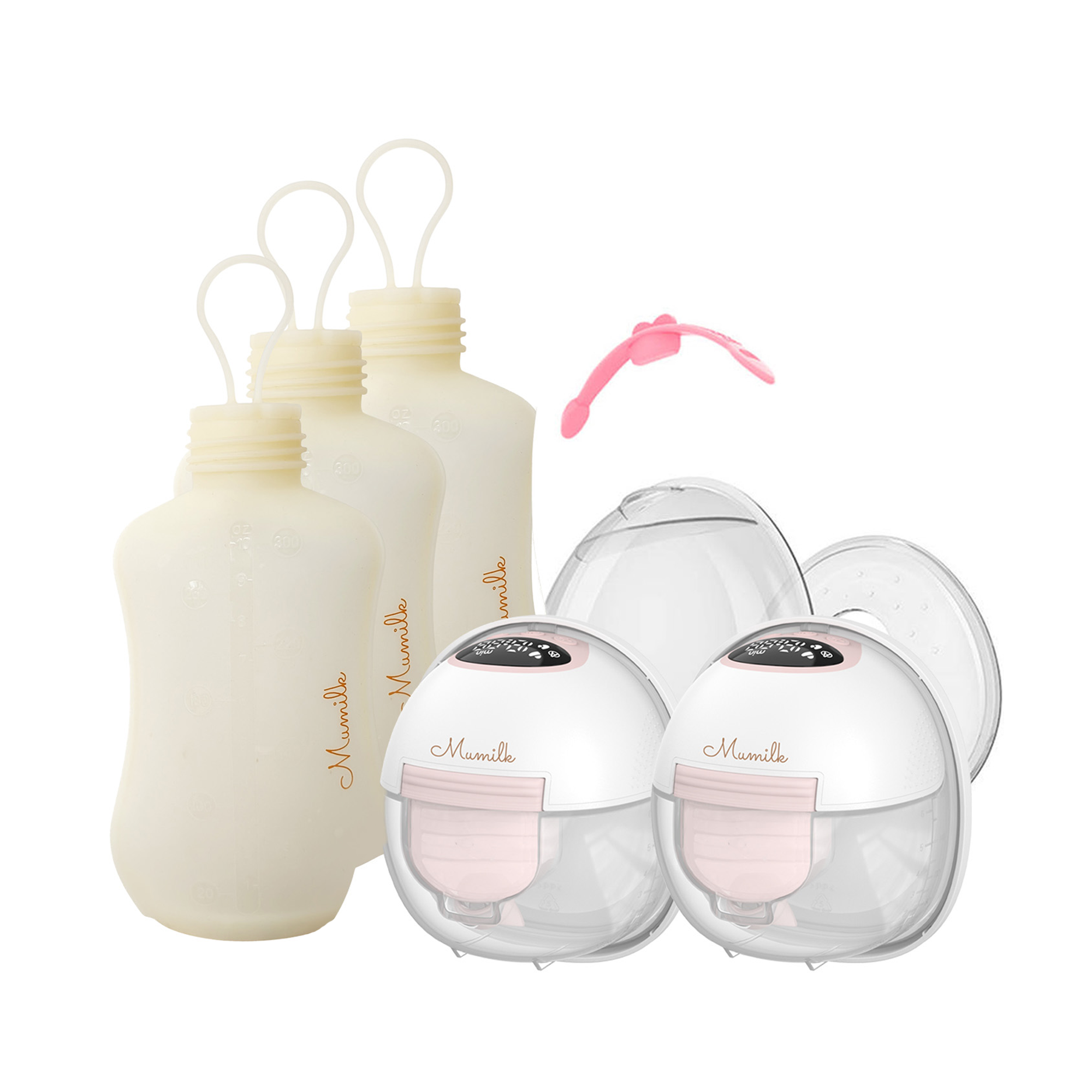
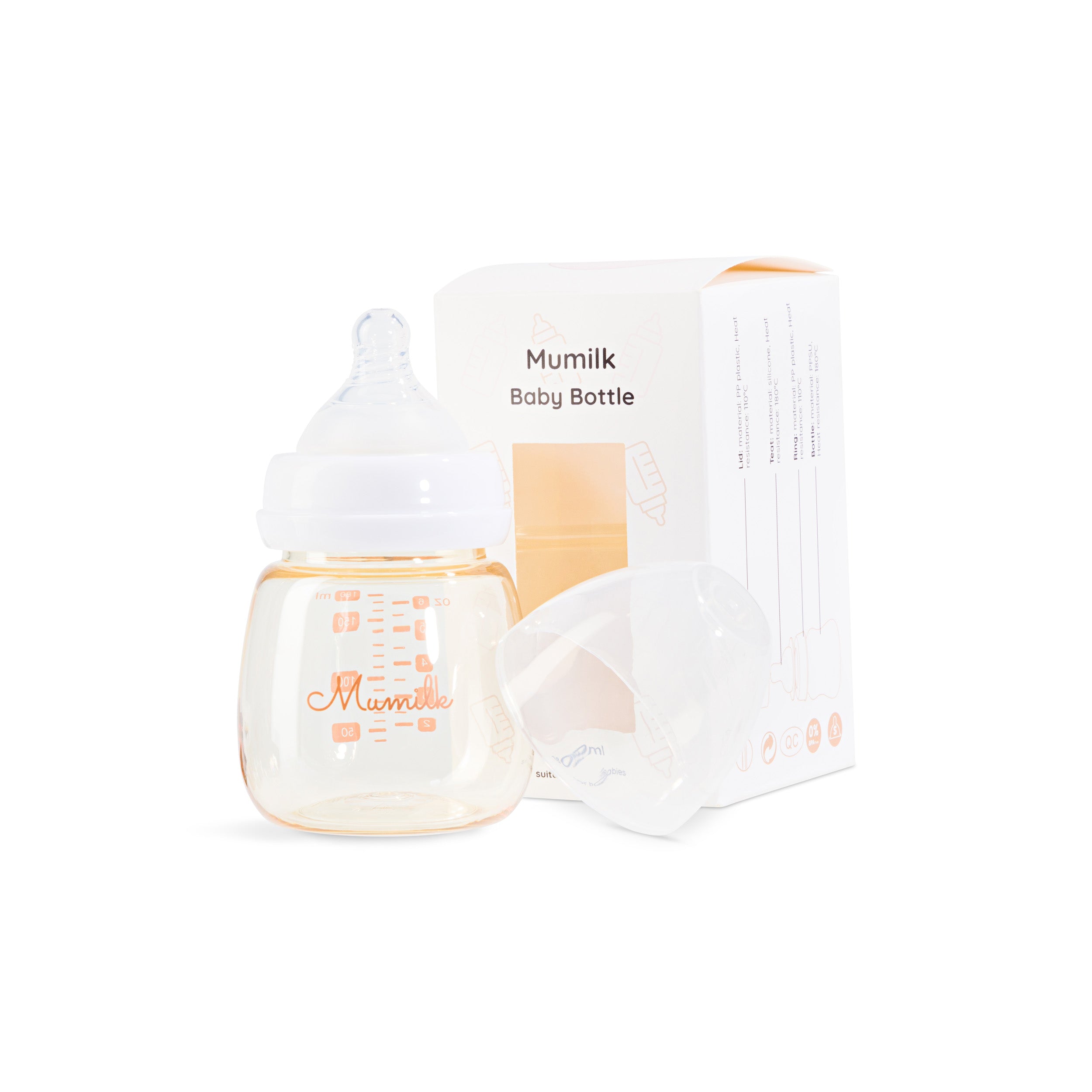
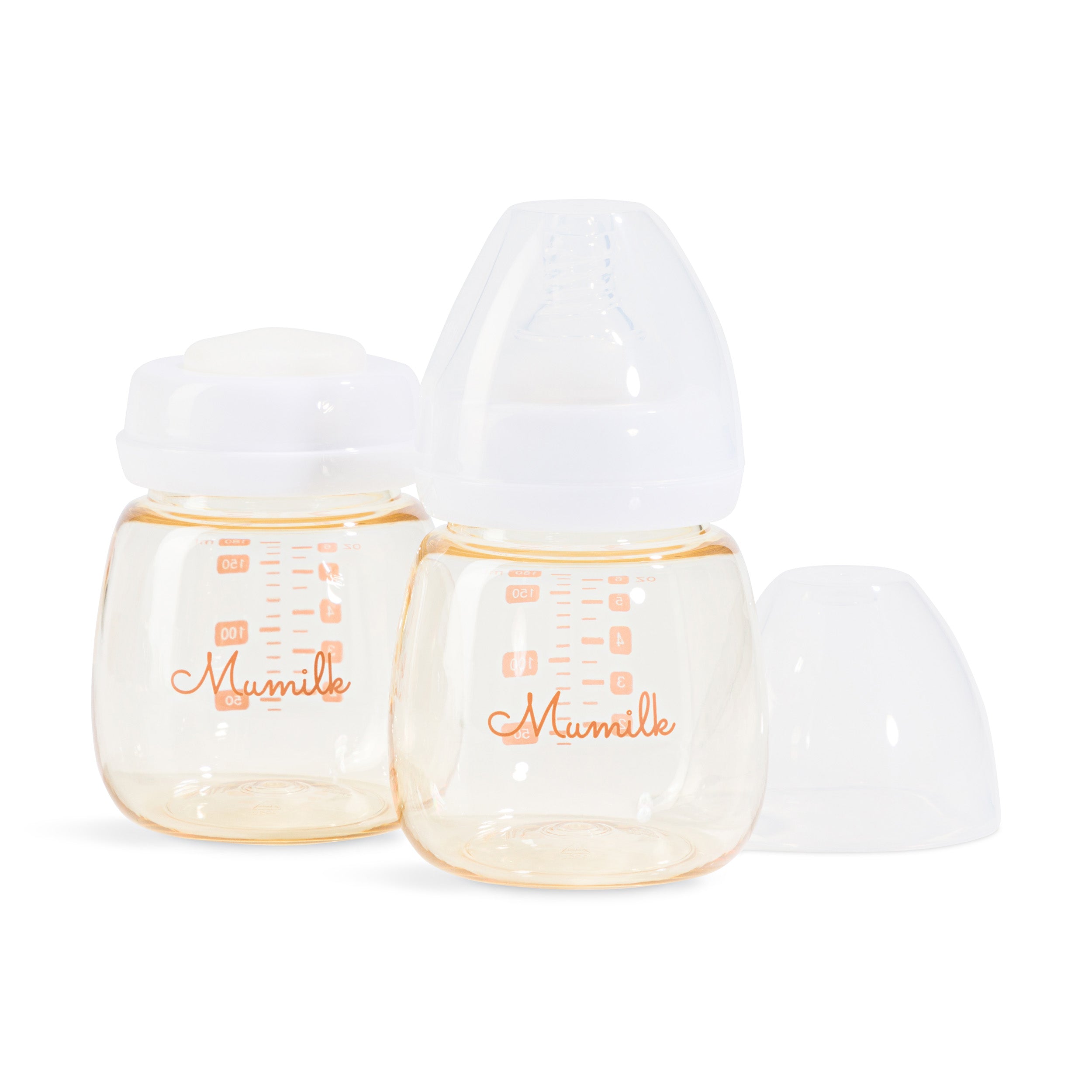
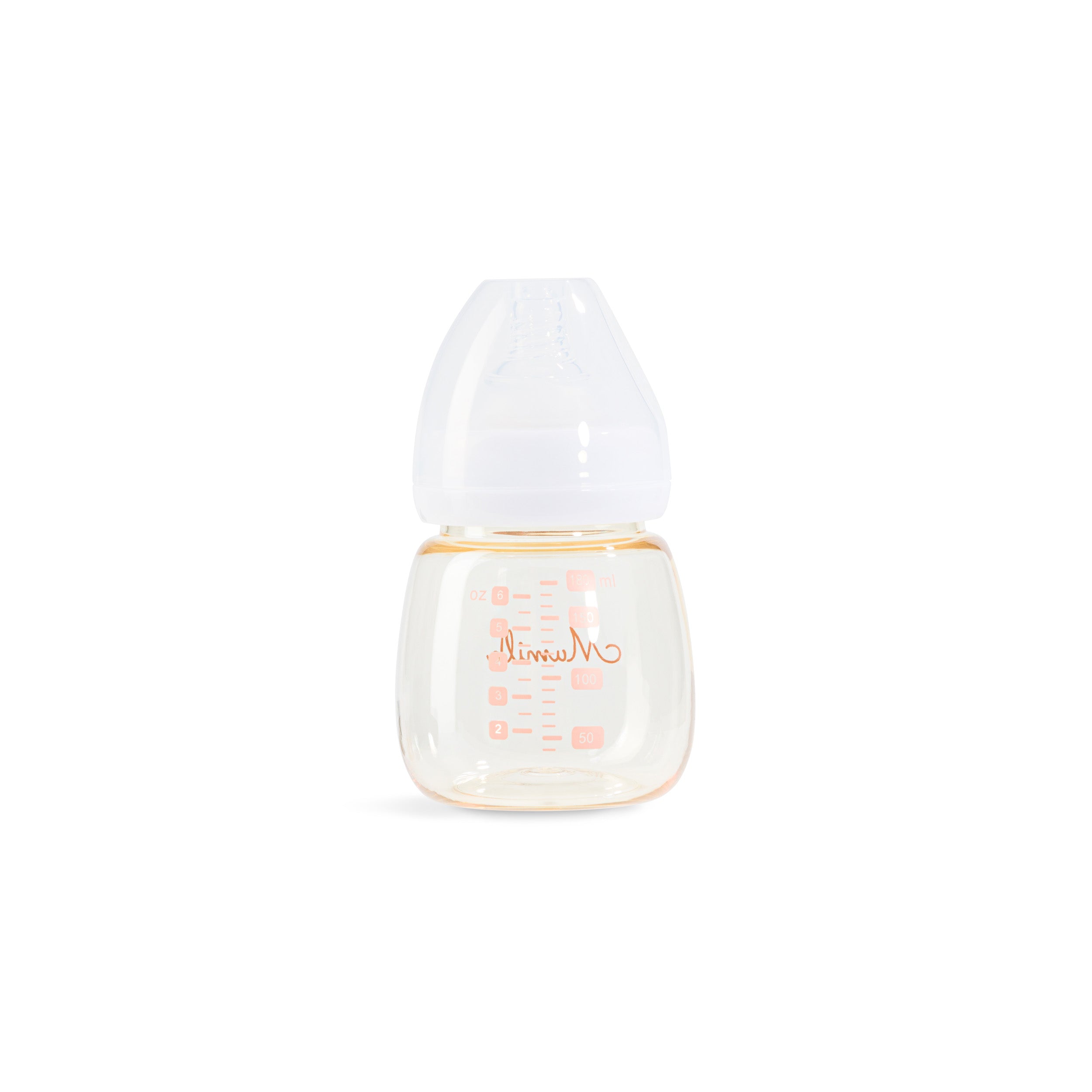
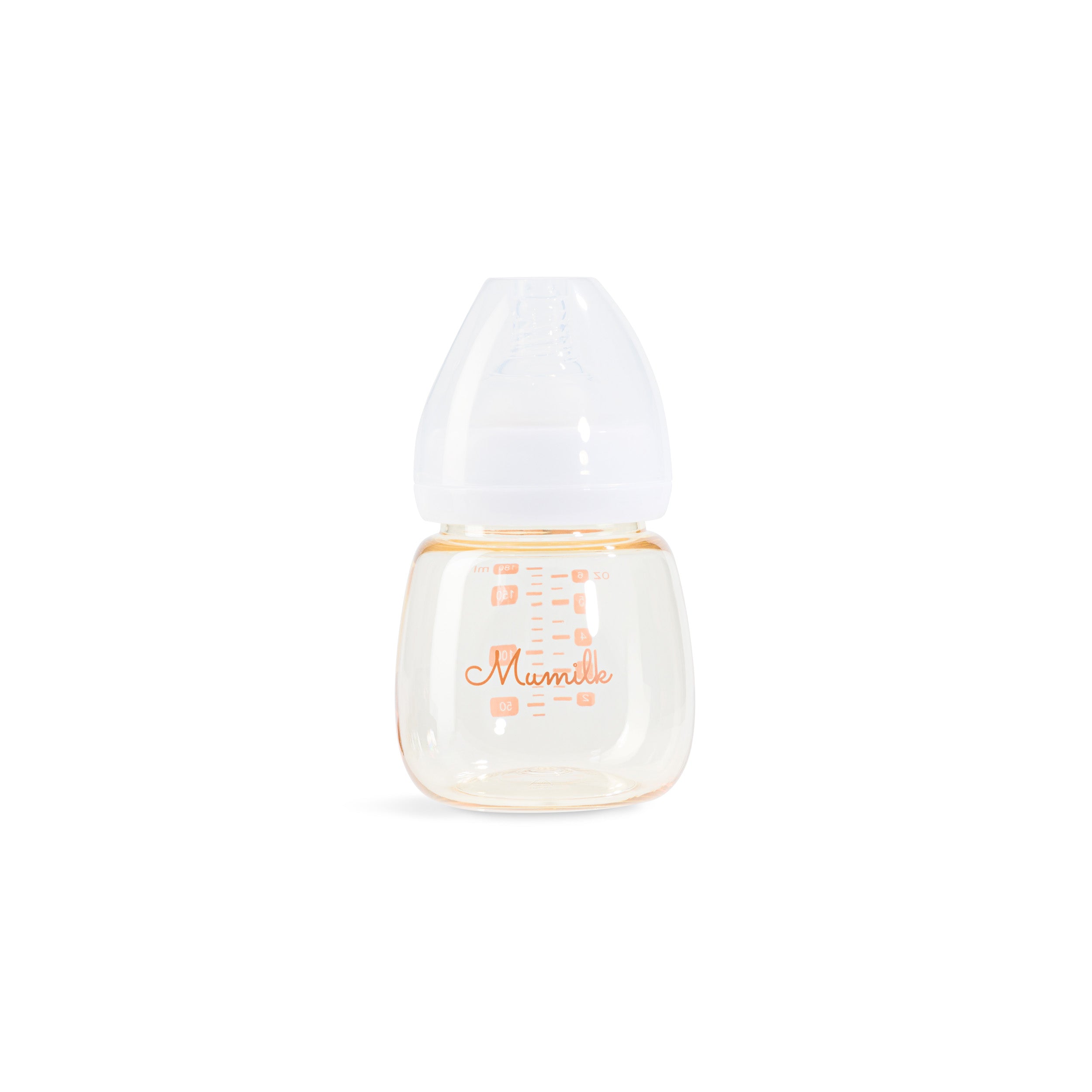
Share:
Can You Reheat Breast Milk?